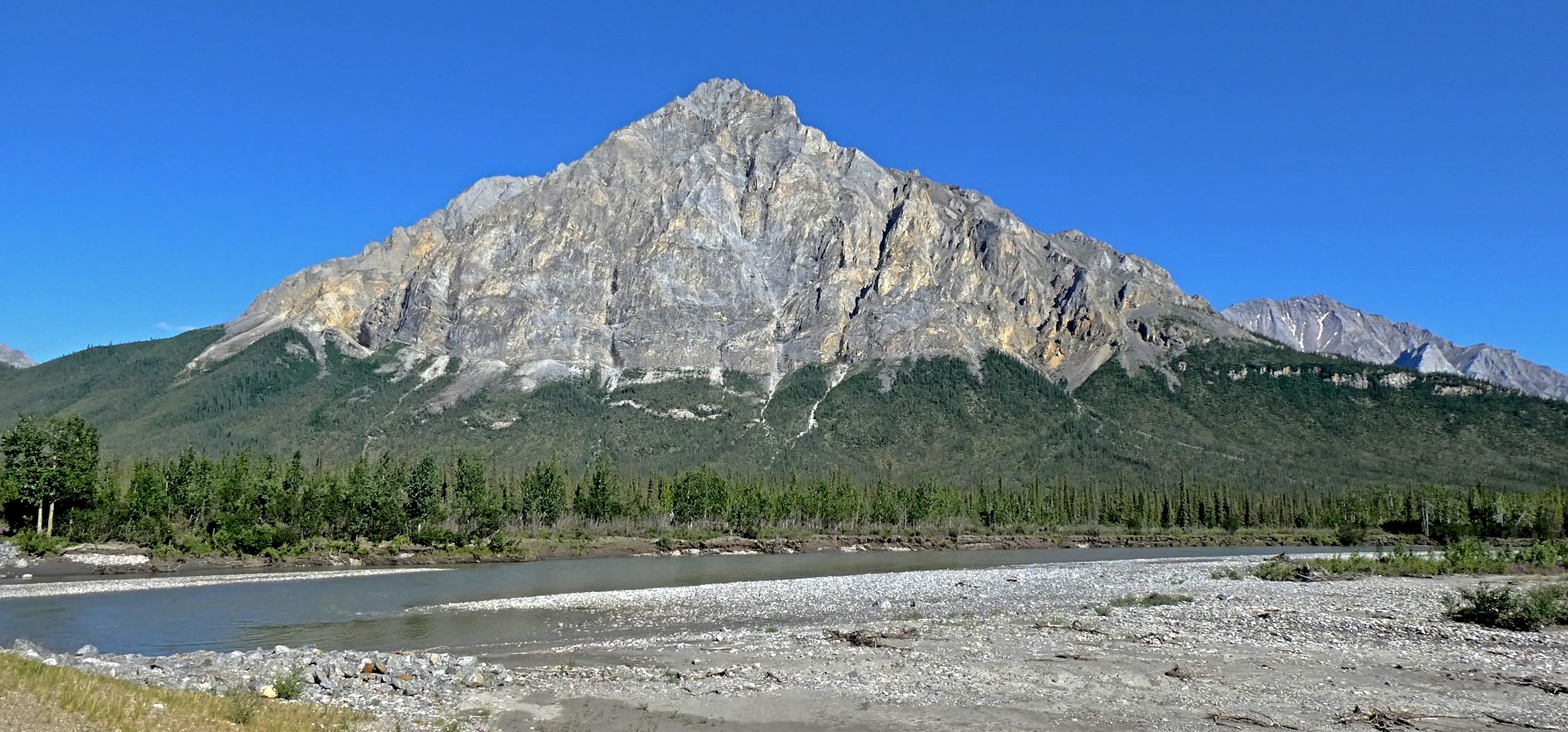Dillon Mountain on:
[Wikipedia]
[Google]
[Amazon]
Dillon Mountain is a prominent 4,820-foot (1,469 meter) mountain summit located in the Philip Smith Mountains of the Brooks Range, in the U.S. state of Alaska. The peak is situated 93 miles north of the
Dillon Mountain
 Mountains of Alaska
Landforms of Yukon–Koyukuk Census Area, Alaska
Brooks Range
North American 1000 m summits
Mountains of Alaska
Landforms of Yukon–Koyukuk Census Area, Alaska
Brooks Range
North American 1000 m summits
Arctic Circle
The Arctic Circle is one of the two polar circles, and the most northerly of the five major circles of latitude as shown on maps of Earth. Its southern equivalent is the Antarctic Circle.
The Arctic Circle marks the southernmost latitude at w ...
near milepost 207 on the Dalton Highway, and north-northwest of Fairbanks
Fairbanks is a home rule city and the borough seat of the Fairbanks North Star Borough in the U.S. state of Alaska. Fairbanks is the largest city in the Interior region of Alaska and the second largest in the state. The 2020 Census put the po ...
, where the Bettles and Dietrich Rivers merge to form Middle Fork Koyukuk River. Sukakpak Mountain
Sukakpak Mountain is a prominent 4,459-foot (1,359 meter) mountain summit located in the Philip Smith Mountains of the Brooks Range, in the U.S. state of Alaska. The peak is situated 90 miles north of the Arctic Circle near milepost 203 on the ...
rises to the southwest, and Dietrich Camp of the Trans-Alaska Pipeline lies to the northwest. The peak was named after John Thomas Dillon (1947-1987), a geologist with the Alaska Division of Geological and Geophysical Surveys who mapped the geology of the southern Brooks Range mineral belt. He died tragically with his father, Stephen Patrick Dillon, in an airplane crash in the Brooks Range while returning home from field work in July 1987. The name was officially adopted in 1990 by the U.S. Board on Geographic Names. This landmark is notable for its massive west face composed of Skajit limestone rising nearly 3,400 feet (1,035 m) above the surrounding valley.
Climate
Based on the Köppen climate classification, Dillon Mountain is located in asubarctic climate
The subarctic climate (also called subpolar climate, or boreal climate) is a climate with long, cold (often very cold) winters, and short, warm to cool summers. It is found on large landmasses, often away from the moderating effects of an ocean, ge ...
zone with long, cold, winters, and short, cool summers. Temperatures can drop below −30 °C with wind chill factors below −50 °C. The months June through August offer the most favorable weather for viewing and climbing.
See also
* List of mountain peaks of Alaska * Geography of AlaskaReferences
{{reflistExternal links
* Weather forecastDillon Mountain
 Mountains of Alaska
Landforms of Yukon–Koyukuk Census Area, Alaska
Brooks Range
North American 1000 m summits
Mountains of Alaska
Landforms of Yukon–Koyukuk Census Area, Alaska
Brooks Range
North American 1000 m summits